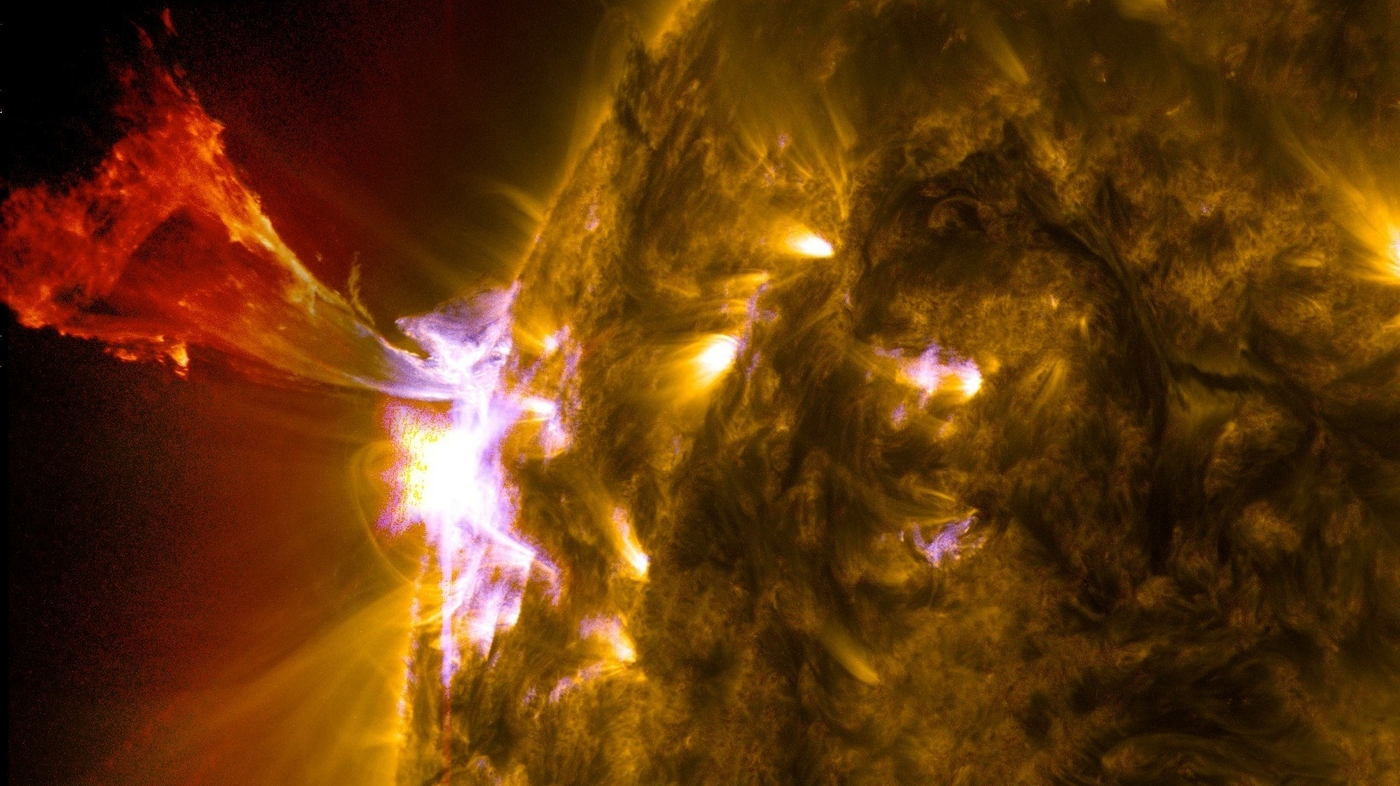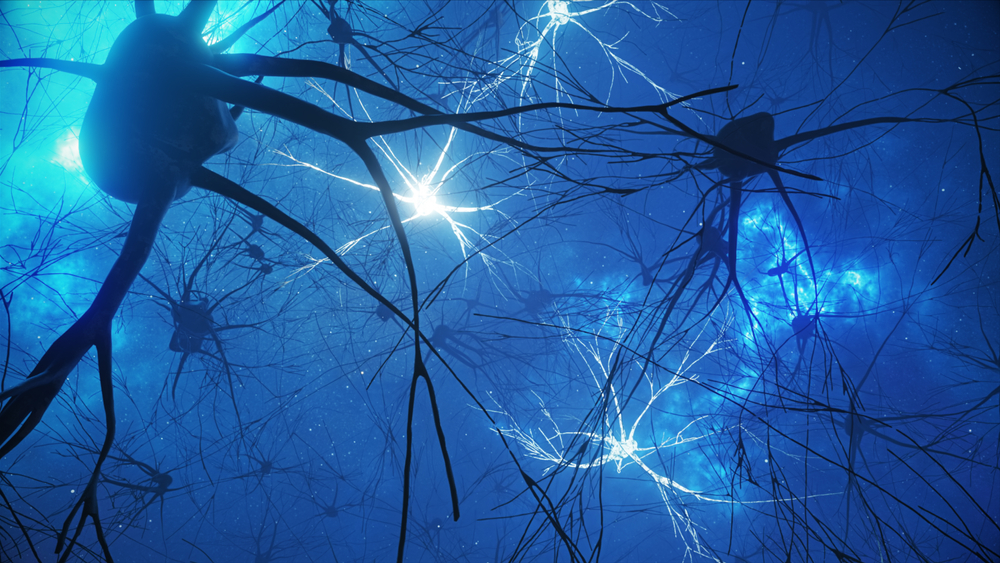The sun emits a mid-level solar flare releasing a burst of solar material.
NASA
hide caption
toggle caption
NASA

The sun emits a mid-level solar flare releasing a burst of solar material.
NASA
We are at the height of the Sun’s activity in its eleven year cycle, known to astronomers as the solar maximum. This means that over the next several months there’s going to be a lot of solar activity. It’s got us thinking back to 1859. That’s when astronomer Richard Carrington was studying the Sun and witnessed the most intense geomagnetic storm recorded in history. The storm, triggered by a giant solar flare, sent brilliant auroral displays across the globe causing electrical sparking and fires in telegraph stations.
Short Wave‘s Scientist in Residence Regina G. Barber talks to solar physicist Dr. Samaiyah Farid about what’s now known as the Carrington event and about what may happen the next time a massive solar storm hits Earth.
You can check out NASA’s Solar Dynamics Observatory for pictures of the Sun in real-time.
Want to hear us cover other parts of the solar system? Email the show at shortwave@npr.org to let us know!
Listen to Short Wave on Spotify, Apple Podcasts and Google Podcasts.
Listen to every episode of Short Wave sponsor-free and support our work at NPR by signing up for Short Wave+ at plus.npr.org/shortwave.
This episode was produced by Eva Tesfaye. Stephanie O’Neill was the editor and Margaret Cirino checked the facts. The audio engineer was Patrick Murray.




